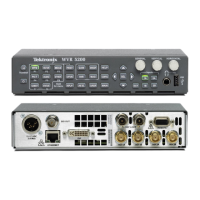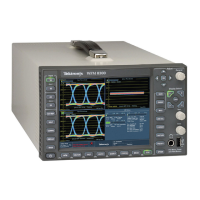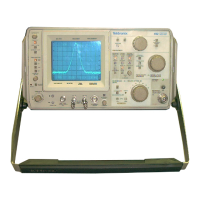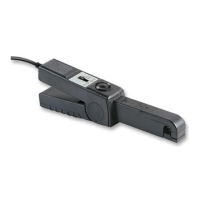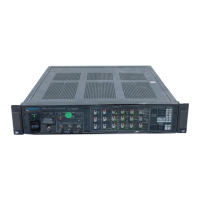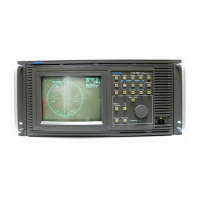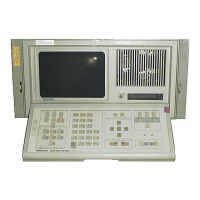Theory of Oper ation
Fault LED and Fan Block Diagram
The Fan control and the bus that drives the front-panel "Fault" LED, the
High-level fault and fan block diagram.(See Figure 2-2 on page 2-9.)
The fan circuit senses the temperature to set the fan speed. Each fan has a
tachometer output to indicate fan speed so the circuit can run the fans at low
speed without stalling. The slower of the two fans controls a power supply that
provides the voltage for both fans. If a fan is not turning, the circuit senses the
stall and a
sserts the fa ult line and a line to the control processor so the event
can be entered in the diagnostic log.
The front
panel "Fault" LED is driven by a line accessible by most of the
instrument. The concept is to provide fault information independent of the control
processor, since it may not always be working. If any circuit detects a fault, it
pulls the fault line low. This line is what is called a "wire-OR." Circuits are also
expected to assert a local LED when asserting the fault line. Because of this local
LED, a technician should be able to look inside the box and see a red LED near the
site of
the fault. Faults are usually also sent independently to the control processor.
For details about the circuits that can assert the fault light and their associated
local
LEDs. (See page 4-5, Troubleshooting.)
2–8 WVR6020, WVR7020, and WVR7120 Waveform Rasterizers Service Manual
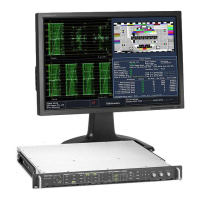
